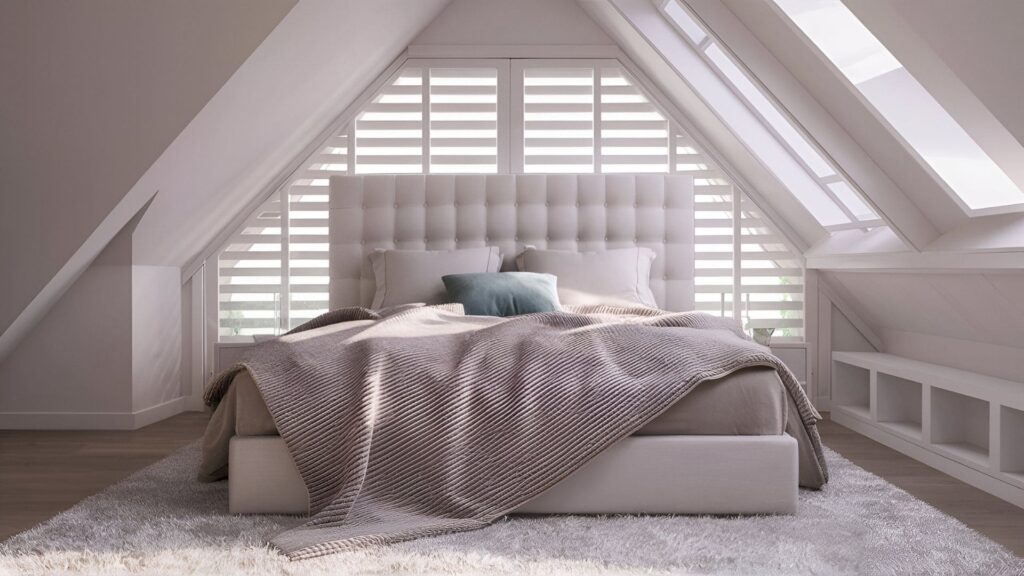Designing your entire home can feel overwhelming, but it doesn’t have to be. It’s not about copying trends or buying the most expensive furniture.
It’s about making your space comfortable, functional, and beautiful—room by room, but also as a whole. These 20 interior design tips will help you create a home that reflects who you are.
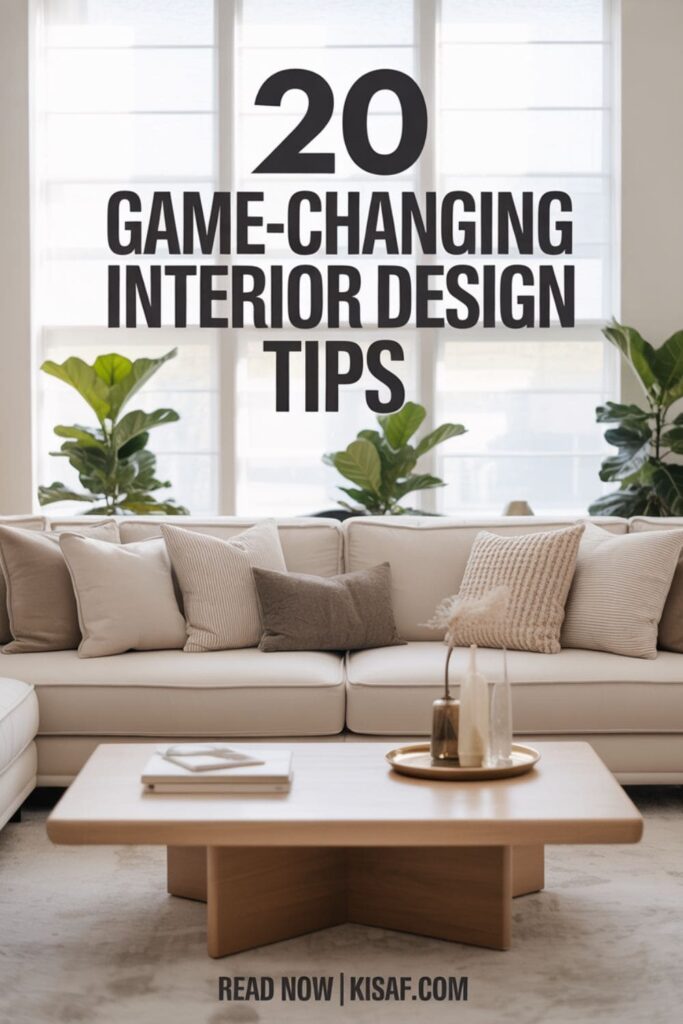
20 Interior Design Tips
1. Keep a Cohesive Color Palette
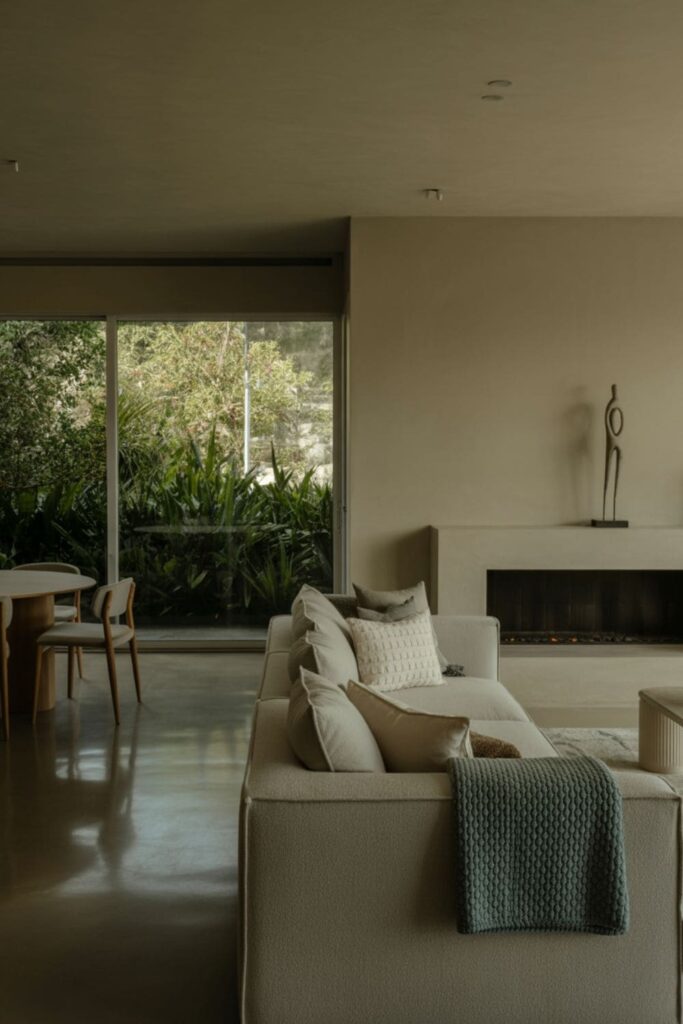
Choose a main color palette that flows from room to room. This doesn’t mean every space needs to be identical, but having a base of two or three consistent colors helps tie everything together.
Add accent colors in each room to give them personality while still keeping a sense of unity across your home.
2. Design with Flow in Mind
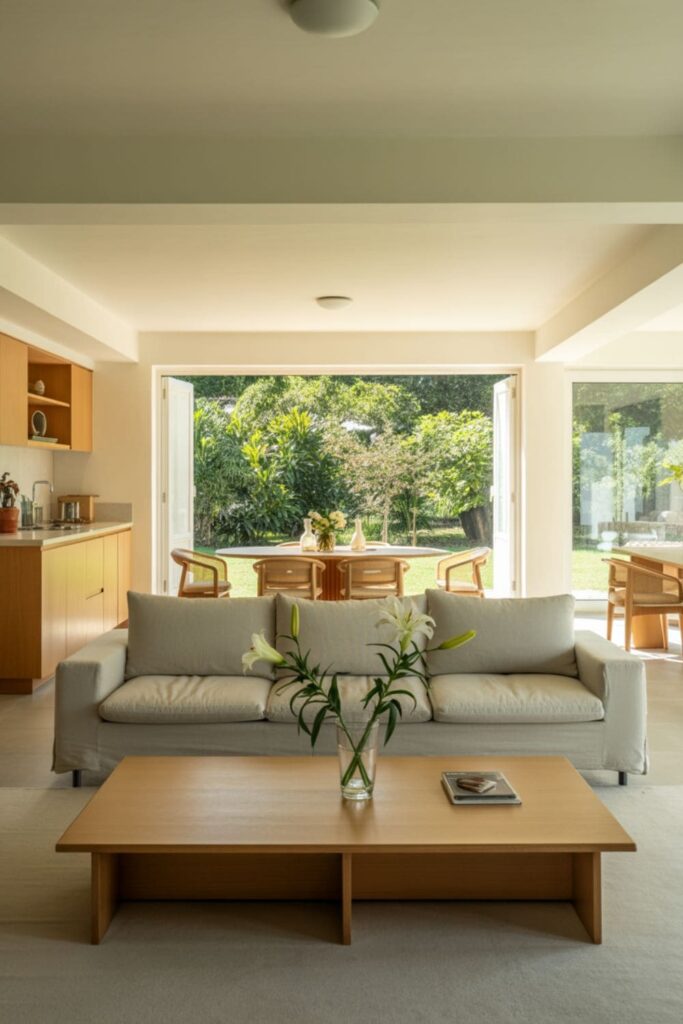
Think about how people move through your home. Make sure furniture placement doesn’t block pathways or doorways.
Arrange each room to make it easy to move naturally from one space to the next. Good flow helps your home feel larger and more inviting.
3. Use Lighting to Set the Mood
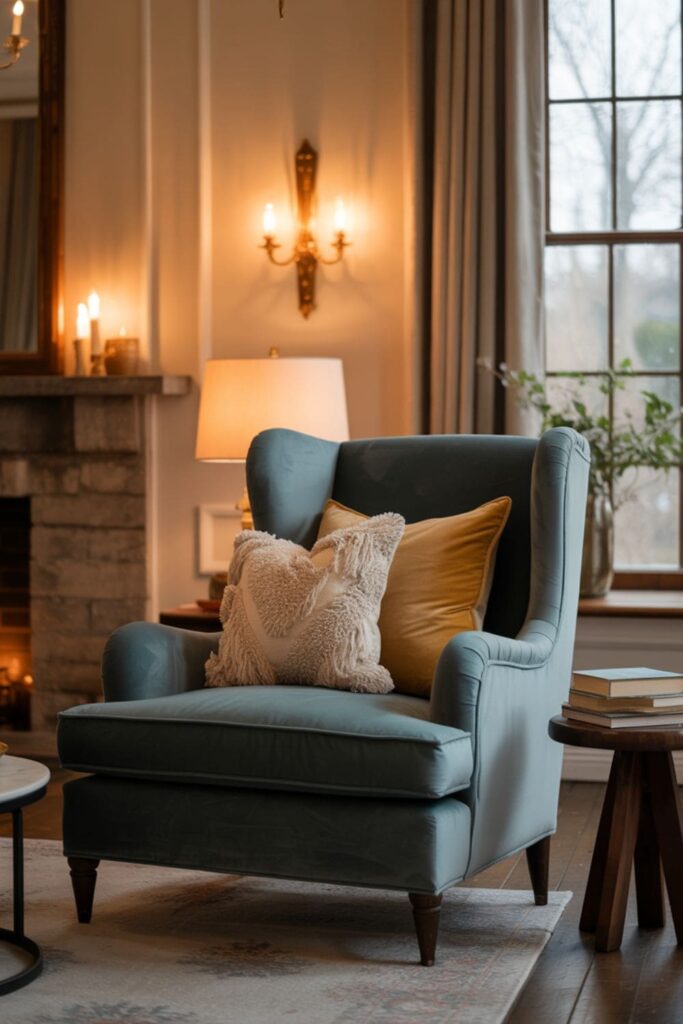
Lighting can make or break a space. Use layered lighting—ambient, task, and accent—in every room. Overhead lights are essential, but don’t rely on them alone.
Add lamps, sconces, and even candles to create different moods.
4. Make Function Beautiful

Choose furniture and storage that looks good and works hard. A bench by the front door with hidden shoe storage, or a coffee table with drawers, blends beauty with function.
Throughout your house, look for opportunities to make everyday items stylish.
5. Keep Transitions Clean

Hallways and entryways often get forgotten, but they matter. Keep these areas simple and uncluttered.
Use mirrors, slim tables, or artwork to make them interesting but not overwhelming. A well-designed transition space can make your whole home feel more polished.
6. Use Statement Pieces Strategically
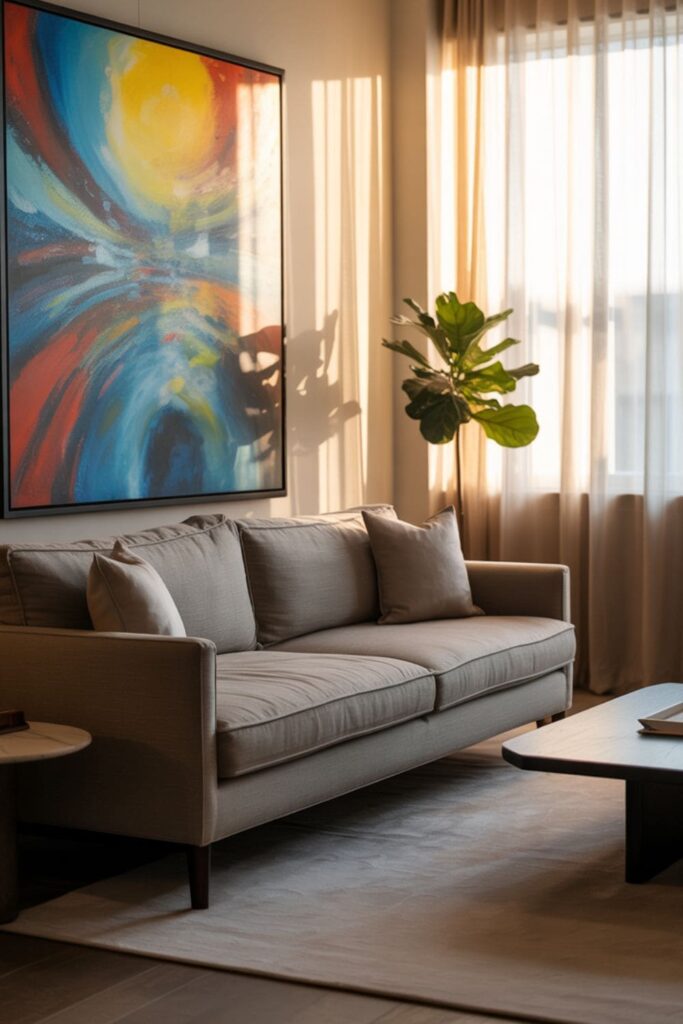
Every room deserves one piece that stands out. It could be a bold light fixture, a dramatic piece of art, or an oversized headboard.
Use these statement pieces to anchor your design, but don’t let them compete with each other from room to room. Balance is key.
7. Don’t Forget the Ceilings

Most ceilings are just painted white and forgotten. But you can add character with ceiling paint, wallpaper, or even subtle molding.
A little ceiling detail can completely elevate a room and surprise anyone who looks up.
8. Incorporate Scent into Your Design
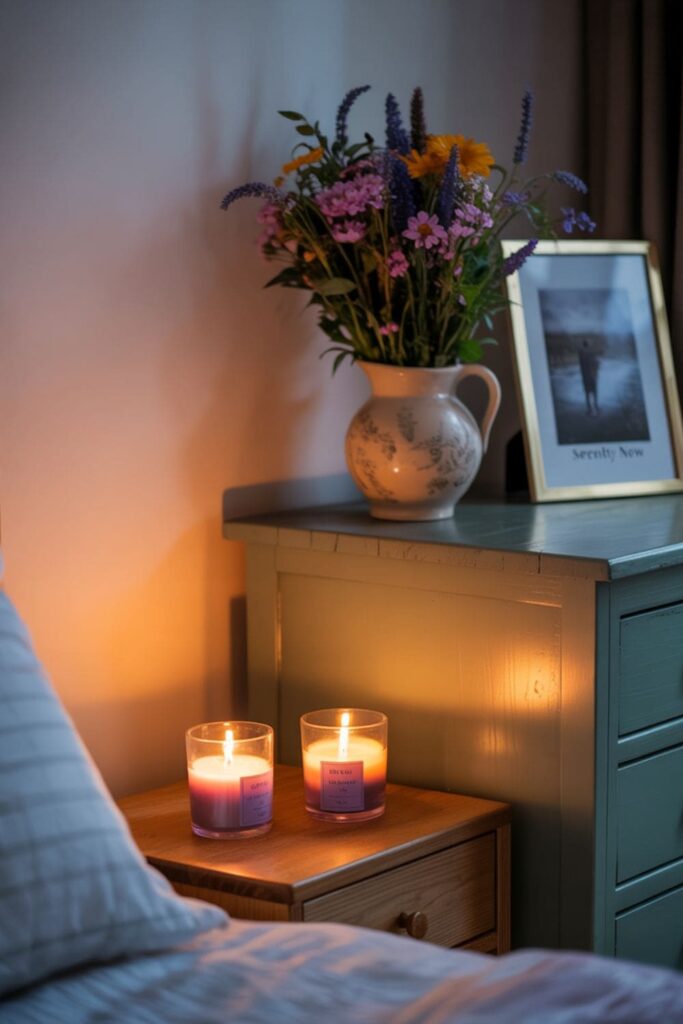
Interior design is about how your home feels, not just how it looks. Candles, diffusers, or fresh flowers can give each room its own signature scent.
Scents create mood. A lavender candle can calm a bedroom. Citrus in the kitchen feels fresh and energizing.
9. Focus on Entry Points
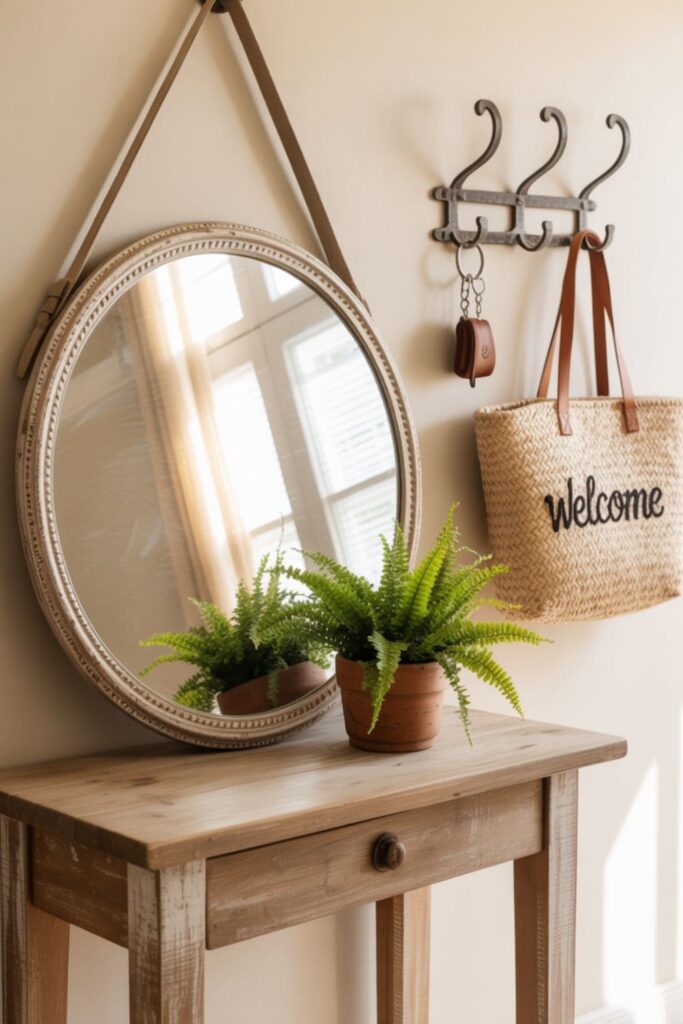
Your home’s entrance sets the tone for the whole space. Even if it’s just a small hallway, add a console table, mirror, or a few hooks for keys and bags.
Make it welcoming. A beautiful entryway creates a strong first impression and a soft welcome home.
10. Invest in Quality Basics
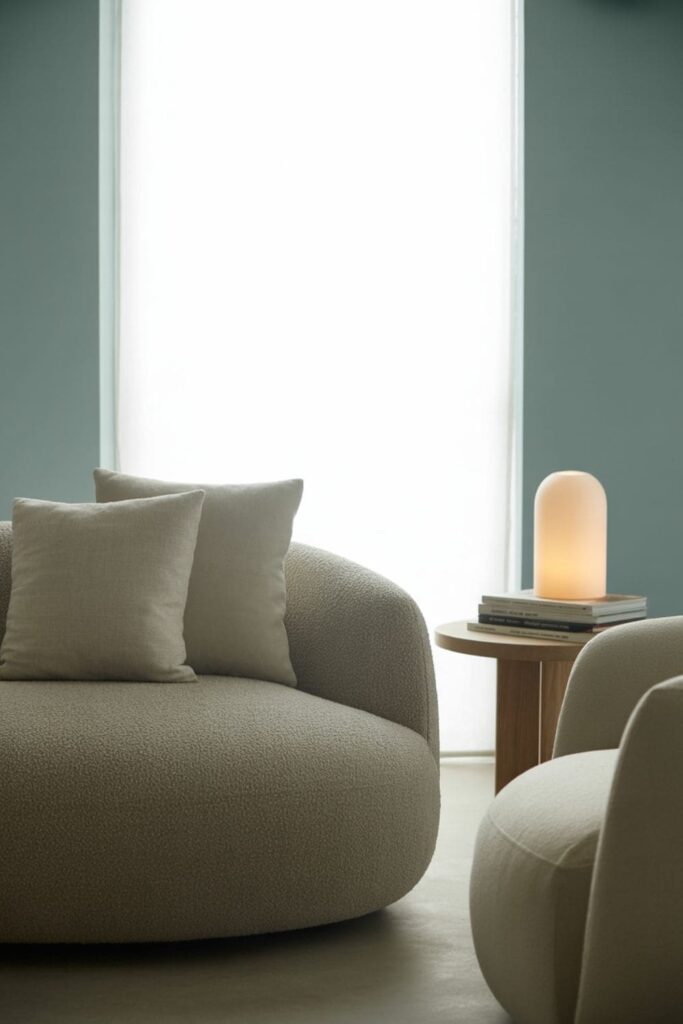
Not everything has to be high-end, but spend a little more on the basics you use every day. A good sofa, a sturdy bed, and a supportive chair can elevate your daily life.
These pieces anchor your rooms, so choose quality and comfort over flash.
Related: Best Living Room Design Mistakes
11. Choose Timeless Over Trendy

Trends are fun, but they come and go quickly. Focus on classic pieces and timeless finishes for your bigger investments—like flooring, cabinets, or sofas.
And use trendy colors and patterns in items that are easy to swap out, like cushions or art.
12. Let Each Room Have a Purpose
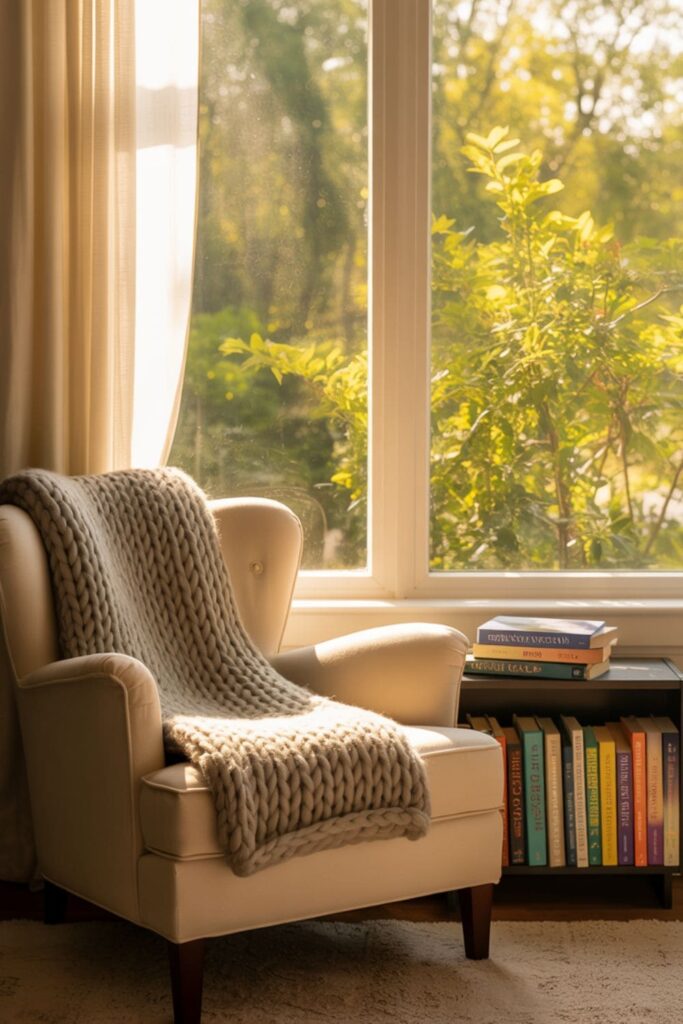
Be intentional with each space, even if it’s small. A nook by the window can become a reading corner. A hallway can be a mini art gallery.
Purposeful design helps every part of your home feel loved and used, not forgotten or wasted.
13. Keep Sightlines Clear
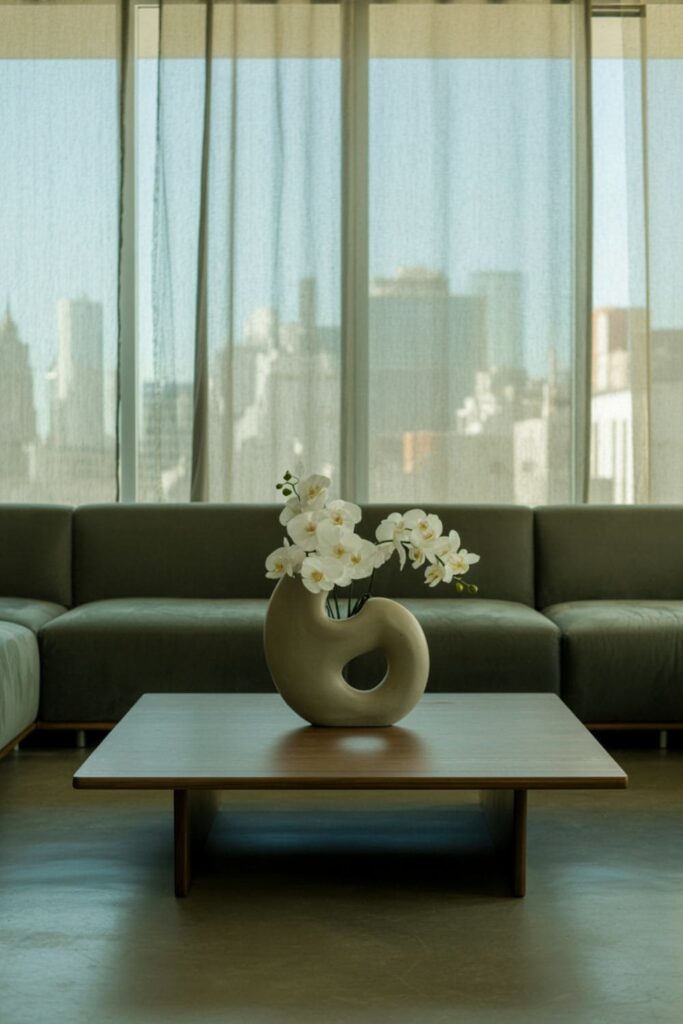
A good flow starts with what you see when you walk into a room. Avoid blocking sightlines with tall furniture or clutter.
Let your eyes travel easily through the space. A clean sightline feels more open, more peaceful, and more intentional.
14. Don’t Skip the Corners
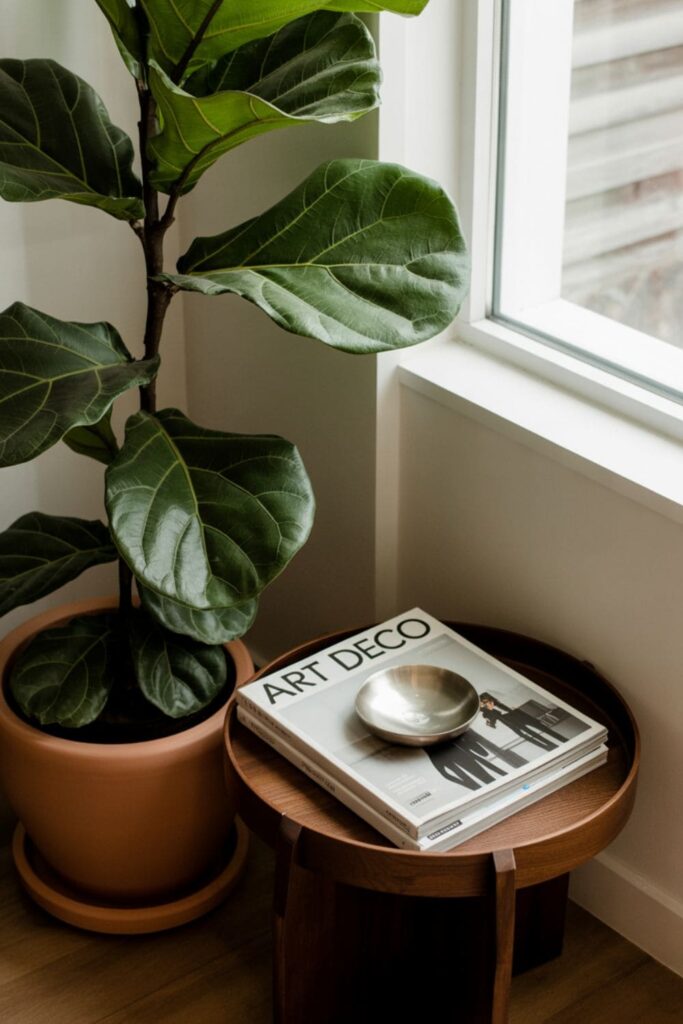
Corners are often forgotten, but they offer great design opportunities. Use them for tall plants, a corner chair, a small shelf, or even a floor lamp.
These small touches can make a room feel complete rather than empty or awkward.
15. Bring In Movement

Movement in design creates energy. It doesn’t mean everything needs to spin or swing—but adding items like ceiling fans, draping curtains that move with the breeze.
Even a mobile hanging in a corner can keep a space feeling dynamic and alive.
16. Use Design to Support Your Routine
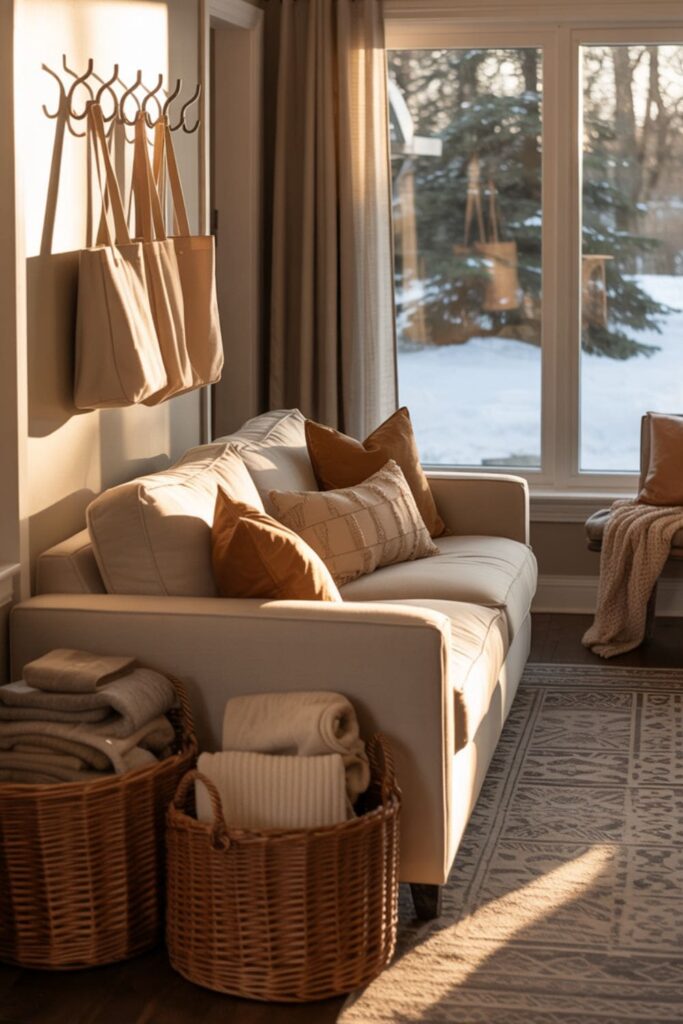
Design should make your life easier. Place things where you need them—like baskets near the sofa for blankets, hooks by the door for bags, or a comfy chair by the window for morning coffee.
When your home supports your habits, everything feels smoother.
17. Evolve Your Home Over Time

Your house doesn’t need to be “finished” right away. Great design grows. Add pieces slowly. Change things as your life changes.
Let your home evolve naturally. That’s how it becomes a true reflection of you—layer by layer, year by year.
18. Use a Statement Ceiling Light
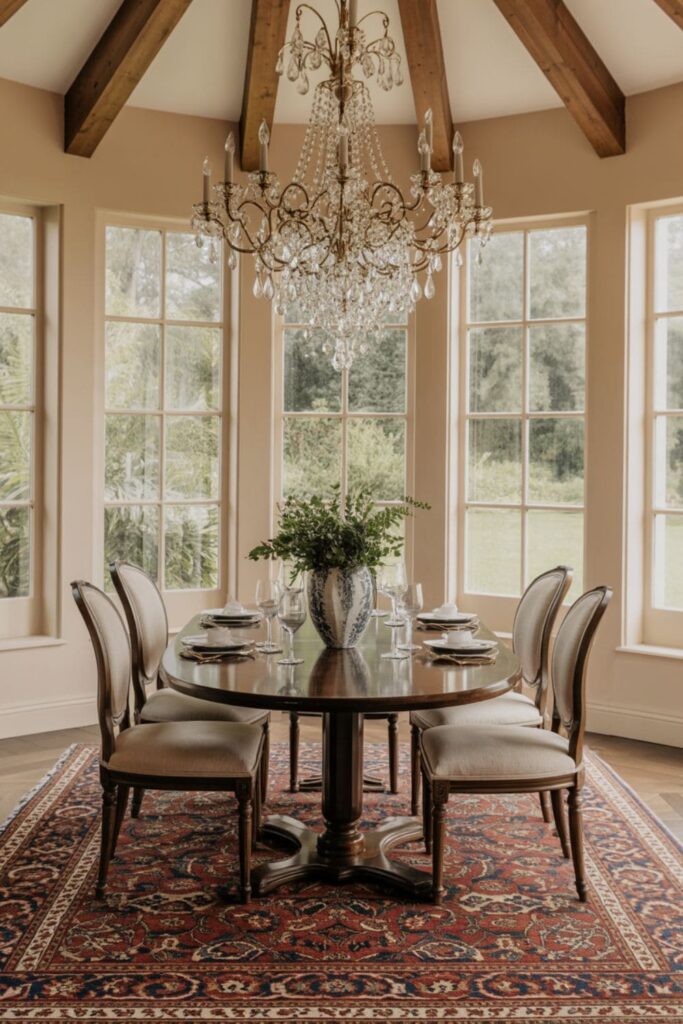
Don’t forget your ceiling! A bold chandelier or oversized pendant light can become the focal point of your room.
It adds drama and style even when the lights are off. Pick one that fits your room’s vibe—modern, vintage, boho, or industrial.
19. Layer Your Window Treatments

Use a mix of sheer curtains and blackout drapes. Sheers let in soft natural light while maintaining privacy during the day.
Blackout curtains block light completely when you want darkness—great for bedrooms and media rooms.
20. Use Mirrors to Open Up a Room.
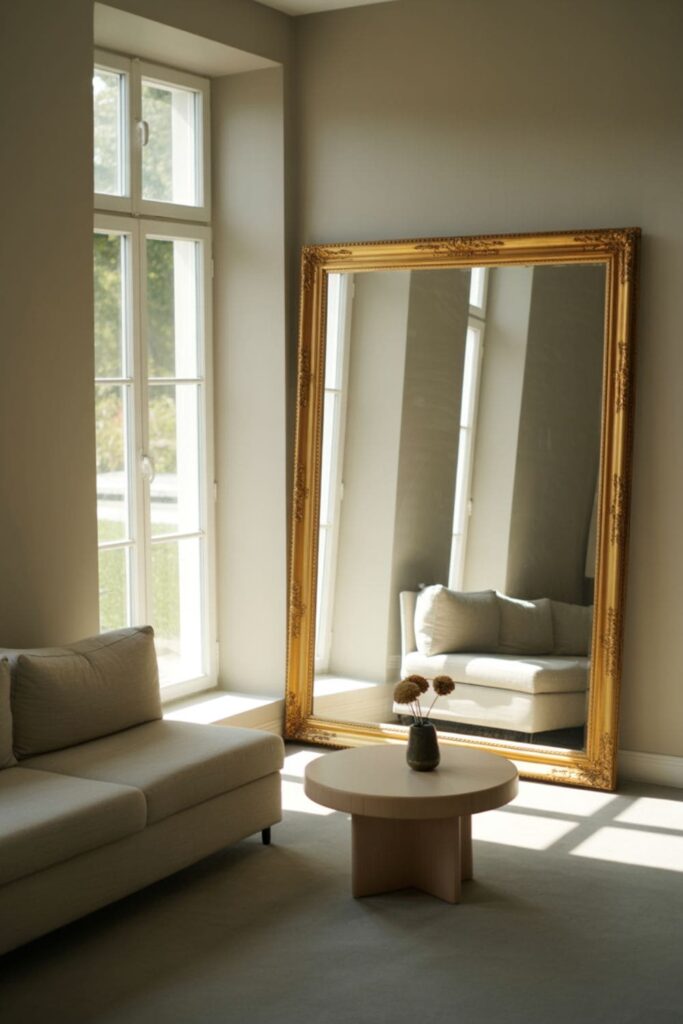
Mirrors make small spaces feel bigger, as they reflect light, which brightens up a room.
Try placing one opposite a window to double the daylight effect. Bonus: A stylish mirror also acts as wall decor.
Related: Kitchen Decor Ideas On Top Of Cabinets
Conclusion
It’s the end of interior design tips. Remember, good interior design doesn’t have to be expensive or complicated, it’s about being intentional with your choices.
Your home should make you smile every time you walk in. And with the right design touches, it absolutely can.


